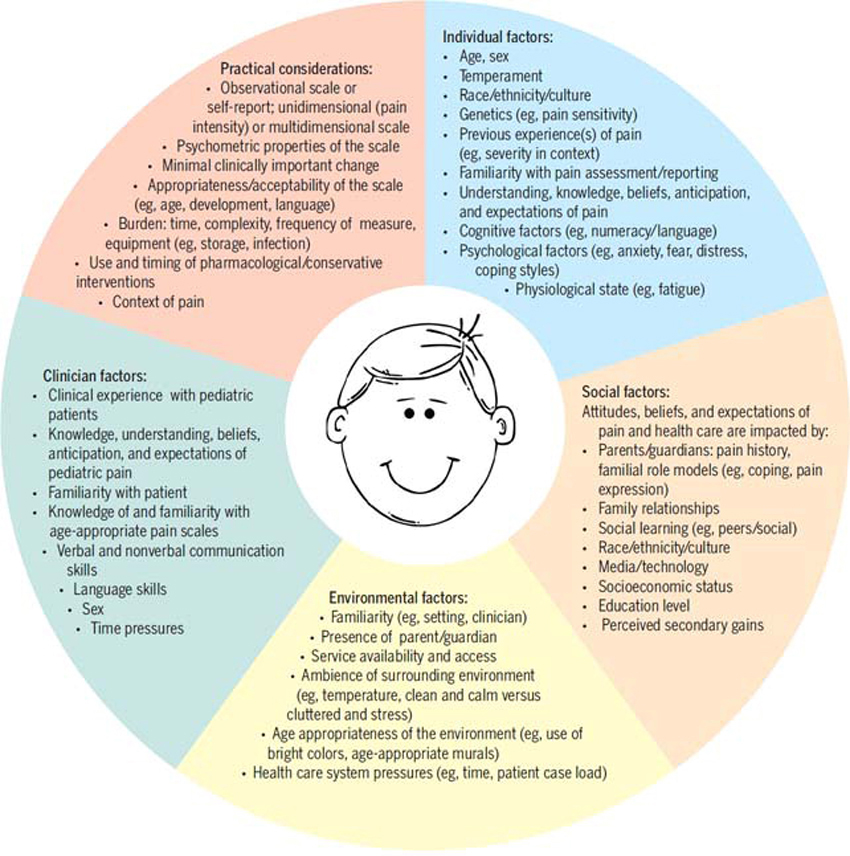Effect of Spinal Manipulation on Pelvic Floor Functional Changes in Pregnant and Nonpregnant Women:
A Preliminary Study
SOURCE: J Manipulative Physiol Ther. 2016 (Jun); 39 (5): 339–347
Heidi Haavik, BSc (Chiro), PhDip (Science), PhD,
Bernadette A. Murphy, DC, MSc, PhD,
Jennifer Kruger, BSc (Nursing), MSc, PhD
Director of Research,
Centre for Chiropractic Research,
New Zealand College of Chiropractic
OBJECTIVE: The aim of this study was to investigate whether a single session of spinal manipulation of pregnant women can alter pelvic floor muscle function as measured using ultrasonographic imaging.
METHODS: In this preliminary, prospective, comparative study, transperineal ultrasonographic imaging was used to assess pelvic floor anatomy and function in 11 primigravid women in their second trimester recruited via notice boards at obstetric caregivers, pregnancy keep-fit classes, and word of mouth and 15 nulliparous women recruited from a convenience sample of female students at the New Zealand College of Chiropractic. Following bladder voiding, 3-/4-dimensional transperineal ultrasonography was performed on all participants in the supine position. Levator hiatal area measurements at rest, on maximal pelvic floor contraction, and during maximum Valsalva maneuver were collected before and after either spinal manipulation or a control intervention.
RESULTS: Levator hiatal area at rest increased significantly (P < .05) after spinal manipulation in the pregnant women, with no change postmanipulation in the nonpregnant women at rest or in any of the other measured parameters.
There are more articles like this @ our:
CONCLUSION: Spinal manipulation of pregnant women in their second trimester increased the levator hiatal area at rest and thus appears to relax the pelvic floor muscles. This did not occur in the nonpregnant control participants, suggesting that it may be pregnancy related.
KEYWORDS: Chiropractic; Manipulation; Pelvic Floor Disorders; Pregnancy; Spinal Manipulation; Ultrasonography
From the Full-Text Article:
Background
The role of the pelvic floor muscles (PFMs) in spinal stabilization has been well documented. [1, 2] The PFMs are coactivated with the abdominal muscles particularly transversus abdominis during exercise and increases in intraabdominal pressure. [3] The PMFs, also known as the levator ani muscle complex. are intimately involved in the birth process, mainly during the second stage of labor. The consequences of a difficult vaginal delivery, particularly when intervention is required, are strongly correlated to the development of PFM dysfunction. This often manifests as stress urinary incontinence, pelvic organ prolapse, and/or fecal incontinence. [4-8] The social and economic cost of pelvic floor dysfunction is enormous. [9]
It has previously been demonstrated that sacroiliac manipulation significantly improves the feed-forward activation of the transversus abdominus. [10] Lumbar spine mobilization has been shown to change the activation of the abdominal oblique muscles. [11] Recently, real-time ultrasonographic imaging was used to demonstrate improved contraction of the transversus abdominus muscle following sacroiliac joint manipulation. [12] As the PFMs are known to be coactivated with transversus abdominis, [3] we hypothesize that sacroiliac and/or lumbar spine manipulation can affect PFM function.
Read the rest of this Full Text article now!





Leave A Comment